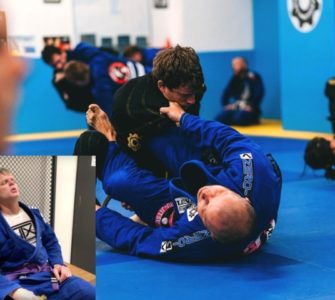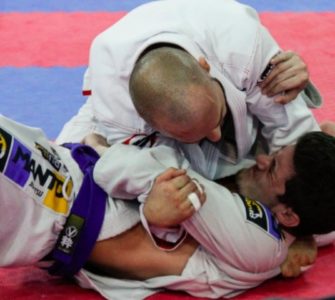“If you want to get in better shape for Jiu-Jitsu, just do more Jiu-Jitsu bro!” Well… That’s both correct and incorrect at the same time. For, BJJ is the best way to get in better shape, but if you want to stay healthy (i.e. if you want your joints to hurt as little as possible and if you want to stay injury-free), then you need to add in some other forms of exercise into your training routine.
For instance, if you want to upgrade your conditioning, there are three important things you need to keep in mind. Chad Wesley Smith, creator of the JuggernautBJJ app, shares them.
BUILDING YOUR CONDITIONING FOR BJJ
Coach Smith explains that you’ll need to develop your conditioning across three energy systems: aerobic, alactic, and lactic capacity.
Aerobic capacity:
Aerobic capacity refers to the ability to utilize oxygen as your primary energy source for training and competing. As you build this type of conditioning, it’ll allow you to roll longer, to recover better between rolls, and also to recover better in-between training sessions
True, rolling more is the most efficient way to build aerobic capacity, but you want to do other types of conditioning due to joint health and similar; such as long distance runs, swimming for extended durations of time… For the duration of 20 to 40 minutes at a low intensity, steady pace.
Alternatively, you can also do tempo intervals (tempo circuits) for this purpose.
Alactic capacity:
Alactic capacity, in this context, represents your ability to engage in short, high intensity bursts. So, building your conditioning through this energy system means that you’ll be able to do things in an explosive manner (such as in a scramble) not just once, but multiple times in a row – with no loss of quality in your movements.
You’ll be working on it by going for 3-6 seconds of all out effort, with 10-20 second rest periods in-between; with exercises that mimic the movements you do in BJJ training.
Lactic capacity:
And finally, the third energy system to keep in mind is the lactic capacity one; the ability to sustain high level effort for extended durations of time. In practice, this means that you’ll be engaging into 30-50 seconds of continuous high level effort with incomplete rest.
Watch the video below to get a more complete idea of this and the other two energy systems, as well as to learn about specific exercise routines you can do for each:

















